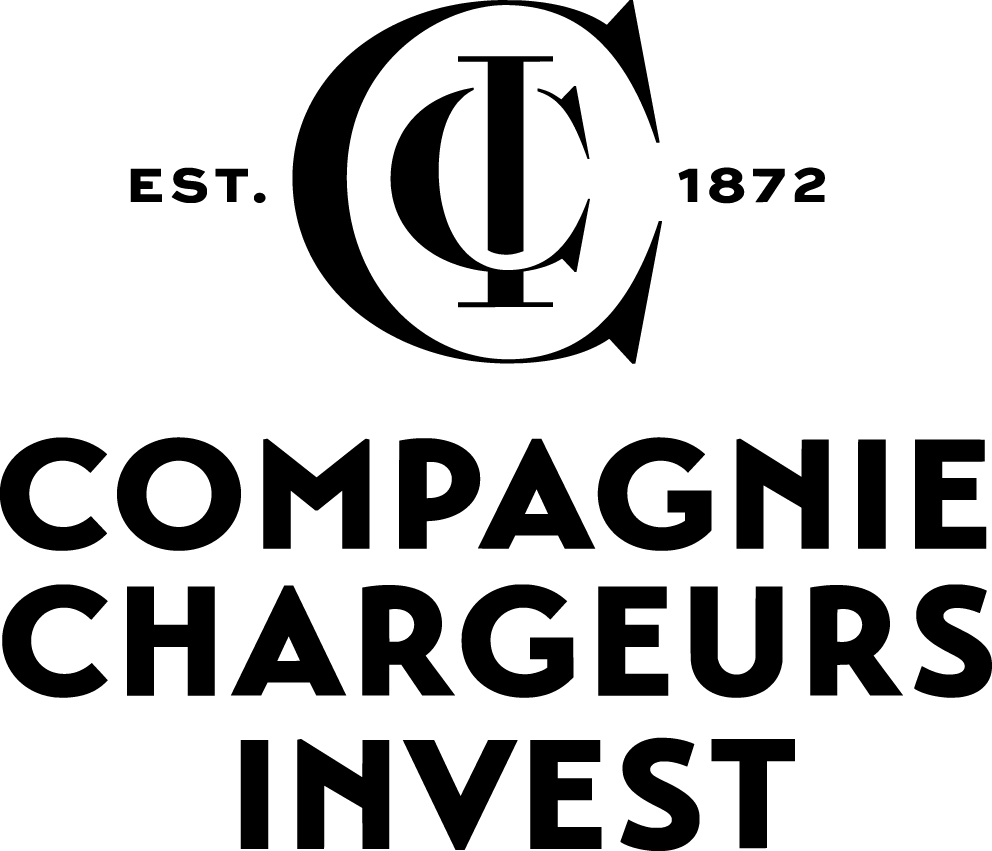Updates
Managing mega-projects

At Museum Studio, we define a 'MEGA' project as one with more than one of the following components;
M – a multi-disciplinary team with multiple designers, project managers and subconsultants
E – an exhibition budget of more than £20 million
G – part of a group of distinct projects or workstreams that form a larger project
A – an exhibition floor area of more than 5,000 square metres.
Our top tips for managing mega projects are:
Talk to a project manager as early as you can and don’t be afraid to ask for a chat in the very early planning stages. A good project manager will help craft a scope of works that will deliver both quality and value for money.
The scale of the paperwork doesn’t need to match the scale of the project. Make good use of your project manager’s insight so that you can be sure every single piece of paperwork counts. And don’t ask for more than you can read and digest.
The best results come when everyone knows they’re on the same side and works through problems together. Always remember that, whatever the pinch points of stress, everyone wants to see a great outcome and is working towards that shared goal.
Keep meetings effective and focused. A great tip is to do a power intro and power outro, with a plan for the meeting and a summary at the end.
Mega-projects tend to attract mega-lists of meeting participants, particularly in the Teams and Zoom age where lists of attendees can run to over 50 people. But huge meetings can choke projects if people are reluctant to speak candidly. Instead, seek intimacy; the small, effective meetings where things get decided and actioned. Those trust relationships will drive your project forward on sure ground.
Always be output focused. Make a list of what needs to be achieved and tie it to a series of interim deadlines. That frees you up to focus your attention on critical issues on a week-by-week basis.
We always set up a group project email and encourage our clients to do the same. It means that if someone’s on holiday or stuck in a meeting, anyone else in the team can pick up on urgent issues. It also means all emails get automatically filed against the project, saving everyone time.
Think in terms of your planning horizon; the time frame where plans can reasonably be viewed with some certainty. In a five-year project, you might think in six-month increments. This macro-management then trickles down into the micro-management of day-to-day tasks.
How will you organise management across multiple specialisms and spaces? It can be tempting to divide it ‘horizontally’, with someone managing AV, someone else managing graphics, and so on. But we’ve found that it’s better to divide the work ‘vertically’, by individual museums or galleries. It’s more satisfying to be accountable for something tangible, and understanding how everything fits together leads to better decision making.
A good project manager will sit down with you and teach you about the processes and workstreams that go into running a project on a huge scale. We often give clients a glossary of terms at the start of a project and ask them what they want to know more about. You’re the expert in your own job. We don’t expect you to be an expert in ours too. We’re here to support you and, perhaps most importantly, bring a sense of calm!
And our bonus tip:
Never forget that it’s all for the visitor. However beautiful the building, however innovative the exhibition design, it’s all there for one reason, to engage audiences and give them an unforgettable experience.














